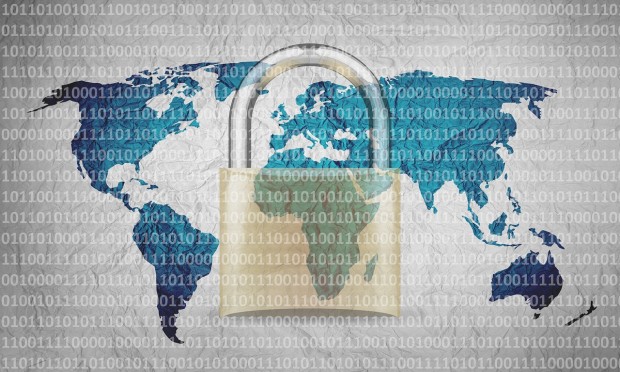The Future of Cybersecurity: Understanding SASE
Cybersecurity is not new. Since the first virus hit multiple computers in 1971 (general consensus as this being the original virus known as Creeper), viruses, malware, hackers, and even ransomware continue to wreak havoc on virtually anyone who has a device that accesses a network.
Luckily for us, the idea of cybersecurity continues to evolve as it combats the growing number of online threats.
When Creeper first hit computers decades ago, it started as a cheeky and straightforward message, "I'm the creeper: catch me if you can!". As harmless as it was, it did shed light on future developments - the virus as we know it today.
The fact that someone could create a program that could easily access devices connected to the network was alarming. Shortly after, though, a new program emerged, funny enough called Reaper, that also moved between devices and deleted the Creeper. It was then that emerged the first idea of cybersecurity to combat and protect against potential network threats.
Almost 20 years after Creeper came to be, a new virus emerged that started to change the device is connected to. The Morris Worm, first noted in 1989, was claimed to simply understand the size of the internet. However, any computer infected with it, ultimately, started to slow down.
It wasn't until the 90s when viruses rapidly evolved, turning into trojans and malware. That is also when antivirus software became a thing that computers needed for protection. The downside of the original cybersecurity was that it reacted to a virus, rather than preventing it in the first place. As viruses evolved, though, so too did the virus protection.
Fast-Forward to 2020 - The Emergence of SASE
Due to more and more employees working remotely from recent events (the novel Covid-19 pandemic), organizations needed more security and support for their networks. Because anyone could access the network from any device at any location, it brought to light the possibility of hackers accessing the same network.
One of the newest cybersecurity programs to emerge is SASE (secure access service edge). SASE converges networking and network security together to bring you the most protection for your network.
There are so many options available for network security that it becomes overwhelming and confusing. SASE brings together the different functions and solutions of network security into a cloud security platform.
For all of those working remotely, they could now safely access the company's network with minimal risk. SASE secures every network for an organization into, basically, one simple network from anywhere. It ramps up network security.
Why SASE?
What makes SASE something worth looking into? For starters, it's a cost-effective way of securing multiple points of accessing a network (or many networks). Instead of using multiple security solutions and monitoring them each individually, SASE brings everything together into one platform.
The biggest reason for SASE, though, is the flexibility it offers for cloud-based networks. Whether your organization is growing or scaling back, SASE efficiently works with your network to provide the security you need.
Remote working isn't going anywhere. So, come up with a cybersecurity plan that ensures the safety of your employees and the organization. SASE is the future of cybersecurity.
See Now: NASA's Juno Spacecraft's Rendezvous With Jupiter's Mammoth Cyclone
* This is a contributed article and this content does not necessarily represent the views of scienceworldreport.com





Join the Conversation